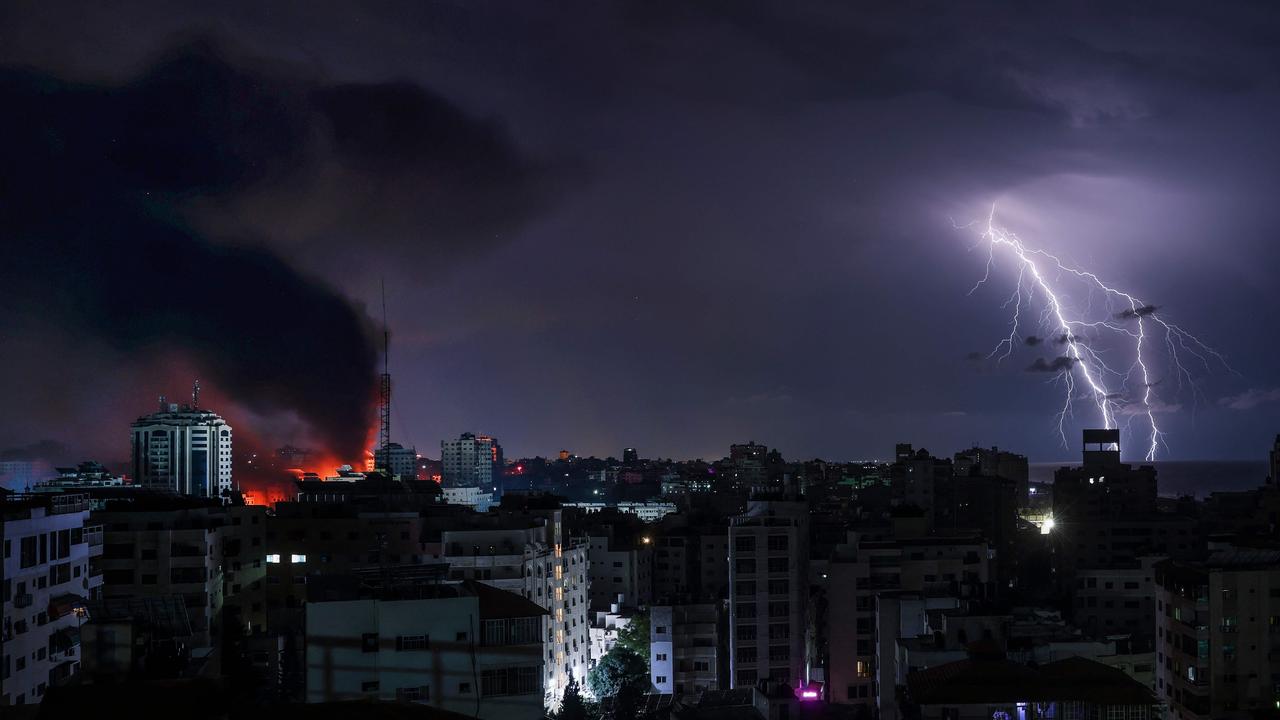Information war widens rift between China and the US
Anti-US conspiracy theories in response to the president’s ‘Wuhan flu’ jibes look set to push relations back still further.

As China and the US trade accusations of blame for the coronavirus pandemic, there is increasing talk in US government circles of “decoupling” from China — the disentangling of economies and supply chains, reduction of co-operation and erecting of new trade barriers.
Beijing’s state media and diplomats have not only disputed whether the global pandemic originated on Chinese soil but have pushed unfounded speculation that the US was the source.
To the unconcealed fury of Beijing, President Donald Trump and his allies have repeatedly referred to the disease as the Chinese virus” or “Wuhan flu”.
Chinese officials have countered with the internet conspiracy theory that the virus was brought to Wuhan by US soldiers competing in a military sports competition there last year.
On Friday, state television also circulated an online post suggesting that the US withdrew from a 2001 bio-weapon treaty to engineer the virus and had secretly deployed drones across China to spread swine flu in 2009.
“This is information warfare,” said Andrew Michta, dean of the George C Marshall European Centre for Security Studies, speaking in a private capacity. “China is using every means available to spin something they are largely responsible for.
“My call is for hard decoupling between the US and China. The longer we stay in this relationship, the more we will see how devastating it is to us. We are looking at a situation where the Chinese government is now presenting itself to us as a model of how to deal with the situation that it actually created by suppressing the information about the virus for two months. Why would we continue doing business with it?”
Tom Cotton, the Republican senator and a prominent hawk, has promoted a theory that the virus may have originated in an accidental leak from a biowarfare lab in Wuhan. “We don’t have evidence that this disease originated there,” he said. “But because of China’s duplicity and dishonesty from the beginning, we need to at least ask the question.”
In a further deterioration of relations, China expelled several American journalists last week after Washington designated Chinese state media entities as “foreign missions” and ordered them to cut staff.
“This pandemic should, finally, disabuse us of any remaining hope that the Chinese regime could be a responsible global actor. It is not, and it will not become one,” wrote Shadi Hamid of the Brookings Institution in The Atlantic magazine. “After the crisis, whenever after is, the relationship with China cannot and should not go back to normal.”
For its part, China appears to see the handling of the crisis by Trump, who last month said his critics were part of a “hoax”, as an opening to project itself as a global leader. But to lay claim to such a role, China also needs to whitewash its own record. Last week, it rehabilitated Li Wenliang, the whistleblowing Wuhan doctor who was disciplined and ordered to keep silent by police for revealing details of the new virus in late December, only to later contract the disease and die. A central government investigation concluded that his punishment was an error by local police acting “inappropriately”, while emphasising that Li was a Communist Party member and one of many medics to make sacrifices in the noble battle to control the epidemic.
Beijing has also gone back to other unfinished business. Ren Zhiqiang, an outspoken tycoon and former head of a state-controlled property empire, has disappeared after slamming President Xi Jinping’s handling of the crisis. And Xu Zhiyong, one of China’s dwindling band of civil rights activists, is believed to be held in secret detention for dismissing Xi as “not clever enough” to handle “the coronavirus catastrophe”.
Beijing’s crowing about its achievements received a significant boost on Thursday while the spread of the virus surged in Europe and the US. It reported no new domestic infections that day for the first time since the outbreak — and then again on Friday and Saturday but one on Sunday — although it did experience a spike in cases involving arrivals from overseas, nearly all Chinese returnees.
But as restrictions were lifted in Wuhan and other cities, some medical experts expressed fears that a second wave of infection could strike. There was also the matter of whether the statistics could be trusted from a regime infamous for massaging official data, notably over its economic performance. With 6000 current infections still recorded in Wuhan, some questioned claims that there are really no domestic transmissions.
“When Chinese official sources report numbers amid an unprecedented propaganda campaign and with existential risk to Communist Party rule on the table, don’t take them literally,” said Graham Webster, editor-in-chief of Stanford-New America DigiChina Project. “Take them as what authorities want you to think and repeat.”
The Sunday Times






